Часть 2.
Если вы приехали в город Керман, то первым делом надо заселиться в хорошую гостиницу
Осмотр города на Востоке принято начинать с базара.
Базар здесь всегда был лицом и сердцем города, будь он в столице или в захолустном городке. Частично это сохранилось и сейчас. Хотя уже не местные, а заморские (чаще всего китайские) товары заполонили ныне полки торговцев. К счастью, ещё не везде…
От отеля «Ахаван», где остановились мы, до городского базара несколько километров. Поездка на вызванном по нашей просьбе такси обошлась нам в 80.000 реалов (0,65 евро).
Здесь хочу уточнить. Мы прилетели в Керман в первых числах ноября 2019 года. Курс евро был равен 124.000 реалов. Бензин же стоил 10.000 реалов, то есть 8 евроцентов за литр. А уже в середине ноября правительство Ирана резко подняло стоимость горючего — до 30.000 за литр бензина. И как нам сообщают из Кермана — теперь доехать до базара стоит 100.000 реалов. Что при нынешнем курсе евро в 140.000 реалов обойдётся в 71 евроцент. Это, кстати, не с человека, а за машину, в которой могут ехать до 4-х пассажиров.

Старый Керман — это целый исторический комплекс, включающий в себя площадь, базар, мечеть, караван-сарай, баню, хранилище воды, монетный двор и религиозную школу. Комплекс возводился правителем провинций Керман, Систан и Кандагар Гандж Али Ханом с 1596 года, в течение четверти века. Руководил строительством зодчий Мохаммад Солтани, приглашённый сюда из Язда.
Интересна судьба самого Гандж Али Хана.
Курд по национальности, он родился в небогатой семье на западе Ирана. Подростком попал в Герат, где судьба свела его юным принцем, будущим шахом Аббасом Первым. Здесь они сдружились на всю жизнь. Будучи беззаветно преданным шаху, Гандж Али Хан участвовал во многих военных компаниях. Но в историю Ирана он вошёл как губернатор и строитель Кермана. Поэтому исторический комплекс старого Кермана ныне носит его имя.

Давайте попробуем перенестись в далёкое прошлое и прогуляться по базару Кермана, исправно служащему людям уже целых четыре века. Все эти века базар, именуемый Раста-базар, рос и приспосабливался к потребностям торговцев и покупателей, горожан и сельчан, мусульман и зороастрийцев, персов и белуджев — всех кто жил и ныне живёт на древней земле этого края.
Раста-базар — общее название. Три километра крытых галерей, где шла торговля всем, что творили умелые руки ювелиров и кузнецов, гончаров и ткачей, кожевников и грамотеев, пекарей и поваров делились в свою очередь на базар Кейсарийе, базар Эхтияри, базар Азиз, базар Хадамгах, базар Кала-Махмуд, базар-е-Месгари Шомали и другие.


О том, как выглядел восточный базар многие века в прошлом лучше всех нам расскажет великий знаток истории Востока — замечательный русский писатель Сергей Петрович Бородин:
« Огромные, как деревянные солнца, колёса арб покатились по булыжным мостовым. Водоносы заплескали голубой водой жёлтую базарную пыль; огромными, как деревья, мётлами сторожа вымели щедро политую землю площадей и переулков; но лавочники мягкими вениками снова подмели места перед своими палатками, не столько по надобности, сколько для порядка, теша свою гордость хозяев этого кусочка базара, где по своей охоте вольны они подметать и торговать, и, перебирая чётки, размышлять, почему никогда ни на одном базаре не бывает столько покупателей, сколько хотел бы купец. Века шли, базары шумели, ветшали, строились заново, тысячи тысяч людей выкрикивали на разные лады названия своих товаров, деньги повышались в цене и теряли цену, а всегда покупателей было меньше, чем желалось купцам.
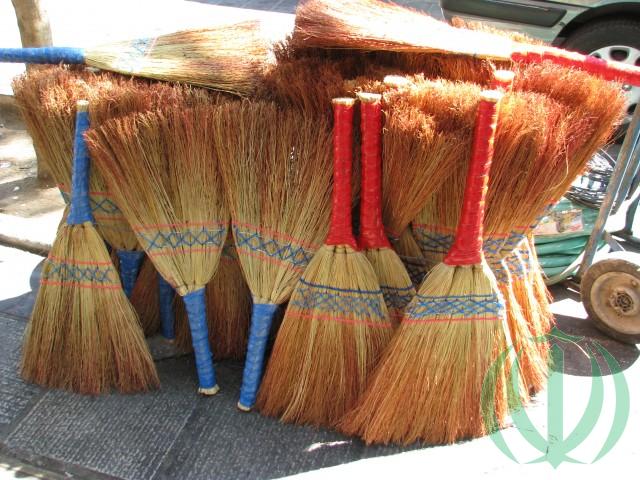
Открываются палатки, и в их глубине вспыхивают шелка или медные подносы, груды деревянных, пёстро расписанных сёдел, лохматые свитки тяжёлых ковров, золотые кружева браслетов и ожерелий, товары местных изделий и привозные со всего света, — русские меха и льняные полотна, фарсидские зеркала в разрисованных оправах, китайские зеленовато-белые блюда и чаши, персидские голубовато-белые, расписанные синью кувшины и вазы, гератское золотое шитьё по красному сафьяну, тугой, серебрящийся хорезмийский каракуль, благовонные смолы из Смирны и тысячи иных товаров, ни названия, ни применения коих никому не снятся, пока покупатель не приметит их в одной из тысяч лавчонок…




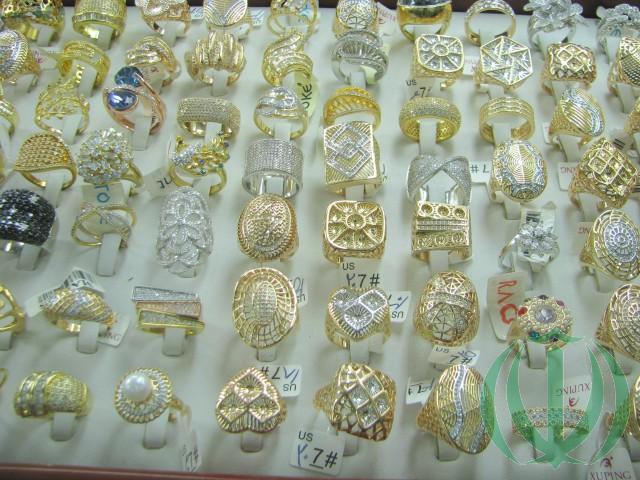


… Открываются лавчонки медников и серебрянников, и розовые огоньки загораются на чеканных боках кувшинов, на хитрых узорах блюд, на выпуклых, как мышцы, гранях медных щитов, на серебре, изукрашенном бирюзой, на меди, где высечены деревья и крепости, на подносах, способных вместить варёного быка, и на крошечных чернильницах для узких, как кинжалы, пеналов….
… Достают мастера орудия своего дела: мастер арб — острый тяжёлый тесак, а живописец — кисть, лёгкую и тонкую, как девичья ресничка. Колесники поднимают широкие карагачёвые молотки, а серебряники точат стальные резцы, острые, как жала.
Равно искусны и прилежны руки мастеров, равно изощрёно опытом и усердием их зрение, но как не схожи орудия их труда, так и доходы их не равны и не схожи. И чаще случается здесь, что чем тяжелее орудие в руках мастера, тем легче его кошелёк…







… Ревели быки на скотных рынках и ржали кони на конных площадках. Протискивались сквозь базар запоздалые стада баранов, сгоняемых сюда со степей, и растекался по переулкам горький запах полыни, пыли и горячей шерсти, не успевшей за ночь остыть от степного зноя…
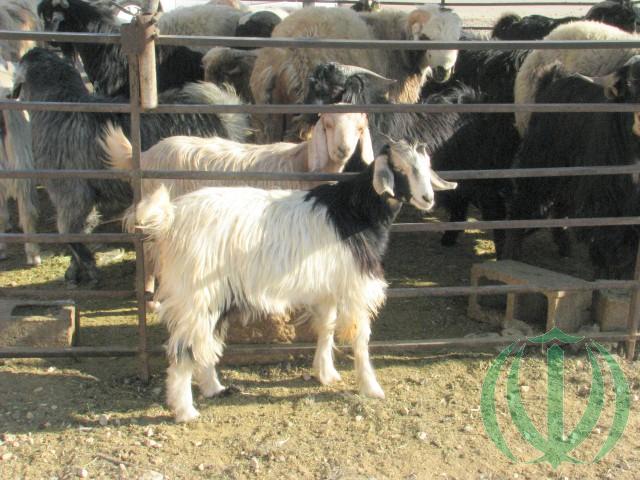

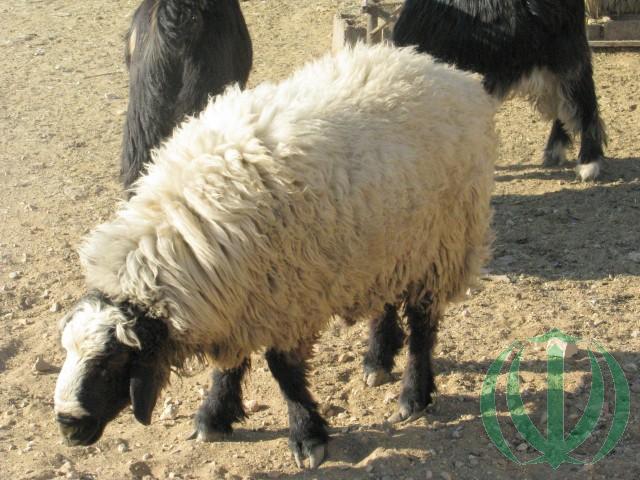
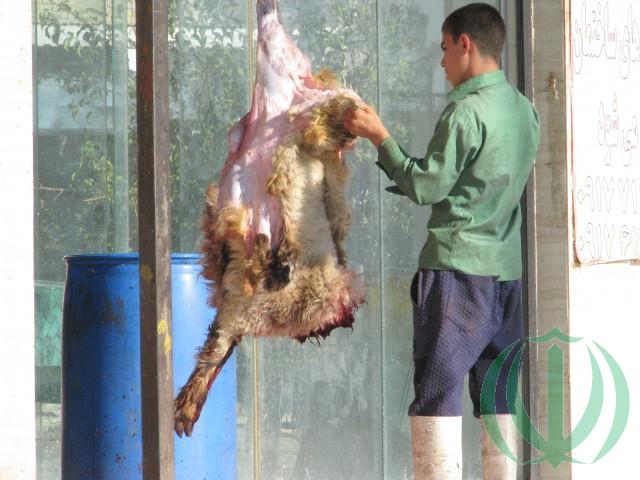
… Солнце разгоралось. Алые, золотые, белые пятна света проникали сквозь щели крыш и перекрытий базара, падали на халаты купцов, на лохмотья ремесленников, на протёртые маслом тела рабов, выведенных на продажу, на серые лохмотья рабов, выведенных на работу. Вспыхивали на мордах коней и на зелёных каблуках туфель, на белых чалмах и на алых коврах. Пятна светлого утра — узкие, как мечи, кругленькие, как деньги, широкие, как ковры.
Утро.»
(Продолжение следует)
Kerman is tourist. Bazaar
Part 2.
If you come to the city of Kerman, then the first thing you need to check into a good hotel
Inspection of the city in the East is customary to start from the bazaar.
The bazaar here has always been the face and heart of the city, whether it be in the capital or in a provincial town. This has partially survived now. Although it is no longer local, but overseas (most often Chinese) goods now flooded the shelves of merchants. Fortunately, not everywhere …
From the Akhavan Hotel, where we stayed, there are several kilometers to the city bazaar. A trip on a taxi called at our request cost us 80,000 reais (0.65 euros).
I want to clarify here. We flew to Kerman in the early days of November 2019. The euro was equal to 124,000 reais. Gasoline cost 10.000 reais, that is, 8 euro cents per liter. And in mid-November, the Iranian government sharply raised the cost of fuel – up to 30,000 per liter of gasoline. And as we are told from Kerman – now getting to the bazaar costs 100,000 reais. That at the current euro exchange rate of 140,000 reais will cost 71 eurocent. This, by the way, is not per person, but for a car in which up to 4 passengers can ride.
Old Kerman is a whole historical complex, which includes a square, a bazaar, a mosque, a caravanserai, a bathhouse, a water store, a mint and a religious school. The complex was built by the governor of the provinces of Kerman, Sistan and Kandahar Ganj Ali Khan since 1596, for a quarter century. The construction was supervised by the architect Mohammad Soltani, invited here from Yazd.
The fate of Ganj Ali Khan himself is interesting.
Kurd by nationality, he was born into a poor family in western Iran. As a teenager, he ended up in Herat, where fate brought him to a young prince, the future Shah Abbas the First. Here they became friends for life. Being completely devoted to the Shah, Ganj Ali Khan participated in many military companies. But he entered the history of Iran as the governor and builder of Kerman. Therefore, the historical complex of old Kerman now bears his name.
Let’s try to travel back to the distant past and take a stroll through Kerman’s bazaar, which has been serving people for four centuries. All these centuries, the bazaar, called the Rasta Bazaar, has grown and adapted to the needs of merchants and buyers, townspeople and villagers, Muslims and Zoroastrians, Persians and Balochs – all who lived and now live on the ancient land of this land.
Rasta Bazaar is a common name. Three kilometers of covered galleries, where everything was sold that was done by the skillful hands of jewelers and blacksmiths, potters and weavers, tanners and diplomas, bakers and chefs, were divided in turn into the Caesariye Bazaar, Ekhtiyari Bazaar, Aziz Bazaar, Khadamgah Bazaar, Kala Mahmud Bazaar , Bazaar e Mesgari Shomali and others.
The great expert on the history of the East, the remarkable Russian writer Sergei Petrovich Borodin, will tell us how the eastern bazaar looked like many centuries in the past:
“The wheels of the arbas, huge as wooden suns, rolled down the cobblestone bridges. Water carriers splashed yellow bazaar dust with blue water; huge as trees, the watchman’s brooms washed out the generously watered land of squares and alleys; but the shopkeepers again sweeping the places in front of their tents with soft brooms, not so much as needed, but for order, amusing the pride of the owners of this piece of the bazaar, where they are free to sweep and trade in their hunts, and, sorting out the beads, ponder why never on any There aren’t as many buyers as a merchant would like in a bazaar. Centuries passed, bazaars were noisy, dilapidated, rebuilt, thousands of thousands of people shouted the names of their goods in different ways, money increased in price and lost price, and there were always fewer buyers than merchants wanted.
Tents open, and in their depths flare up silk or copper trays, piles of wooden, colorful painted saddles, shaggy scrolls of heavy carpets, gold lace of bracelets and necklaces, local products and imported from around the world – Russian furs and linen, Farsi mirrors in painted frames, Chinese greenish-white dishes and bowls, Persian bluish-white, blue-painted jugs and vases, Herat gold embroidery on red morocco, tight, silver Khorezmian astrakhan fur, fragrant tar from Smyrna and thousands of other goods, either the name or the application of which no one dreams, while the buyer does not receive them in one of the thousands of little shops …
… Shops of coppersmiths and silver coins open, and pink lights light up on the chased sides of jugs, on cunning patterns of dishes, on the convex, like muscles, faces of copper shields, on silver, decorated with turquoise, on copper, where trees and fortresses are carved, on trays capable of fit a boiled bull, and on tiny inkwells for pencil cases as narrow as daggers ….
… The master of the tool of his craft gets out: the master of arb is a sharp heavy cleaver, and the painter is a brush, light and thin, like a girl’s eyelash. Chariots raise wide Karagachev’s hammers, and silversmiths sharpen steel incisors, sharp as stings.
The hands of the masters are equally skillful and diligent, their eyesight is also sophisticated with experience and zeal, but just as their tools are not similar, their incomes are not equal and not similar. And it often happens here that the heavier the gun in the hands of the master, the lighter his wallet …
… Bulls roared in livestock markets and neighing horses on horse riding grounds. Late herds of sheep squeezed through the bazaar, driven here from the steppes, and the bitter smell of wormwood, dust and hot wool spreading through the alleys, which did not manage to cool down from the steppe heat overnight …
… the sun flared up. Scarlet, gold, white spots of light penetrated through the gaps of the roofs and ceilings of the bazaar, fell on the dressing gowns of merchants, on the tattered artisans, on the oil-rubbed bodies of the slaves put up for sale, on the gray tatters of the slaves brought to work. Flashed on the faces of horses and on the green heels of shoes, on white turbans and on scarlet carpets. The spots of the bright morning are as narrow as swords, as round as money, as broad as carpets.
Morning.”
(To be continued)
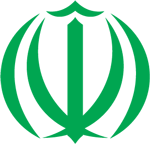

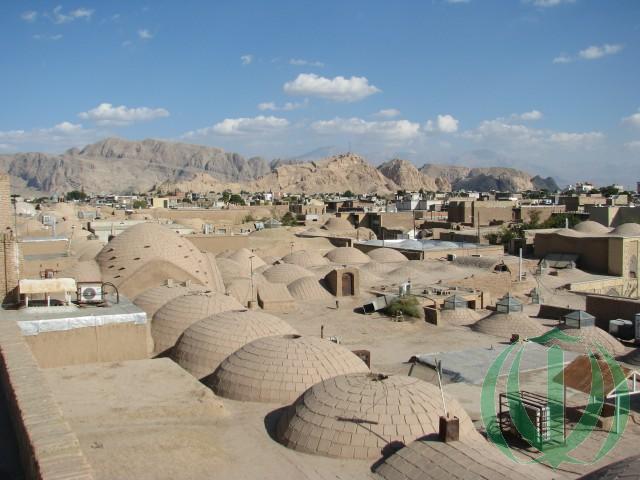
0 Comments